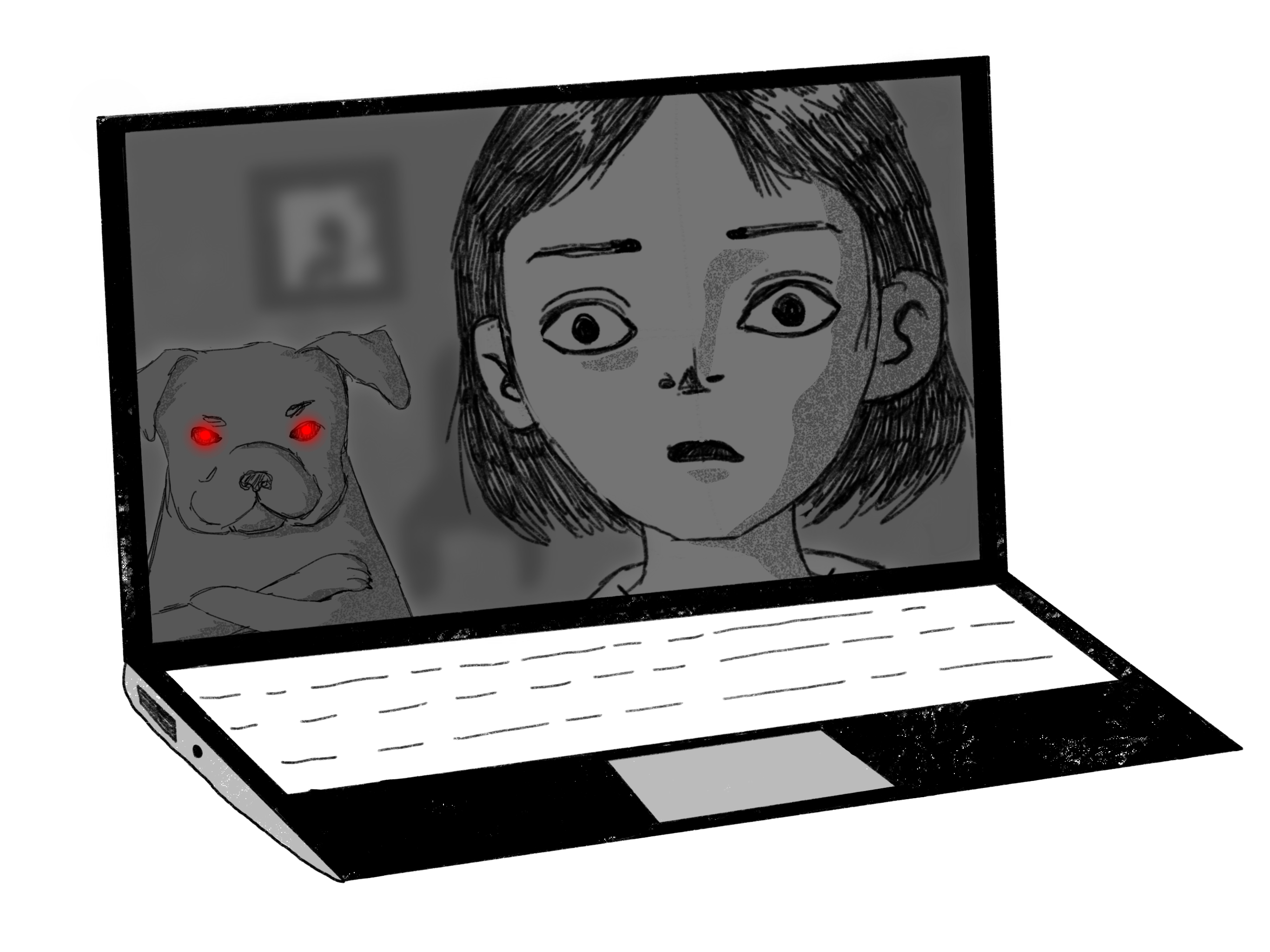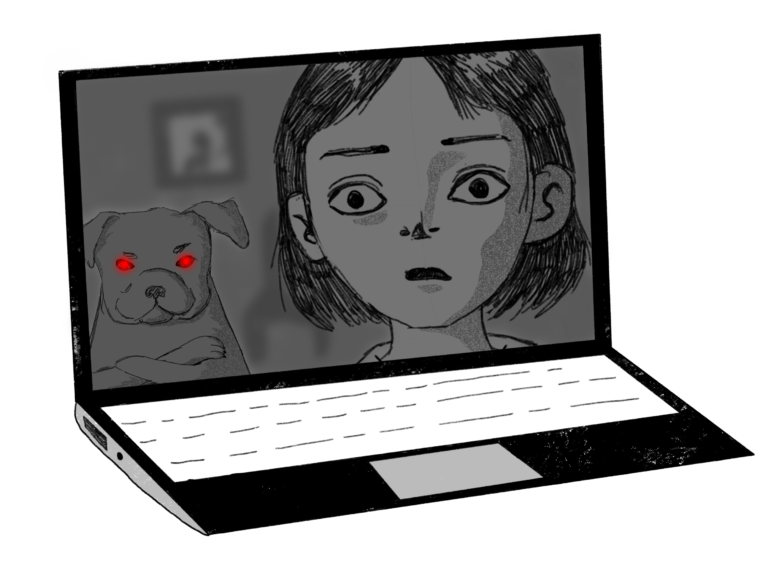
This editorial represents the unanimous opinion of all 14 Outlook editors.
Concerns over internet safety prompted the San Mateo Union High School District to intervene with computer content monitoring software, Bark for Schools. On March 2, Superintendent Kevin Skelly sent a memo inadequately notifying students and families that Bark was being used to surveil student activities through their SMUHSD email accounts, but didn’t explain much else including the method and extent of tracking. The district is using Bark as a pilot, which wasn’t disclosed in the memo.
Bark attempts to monitor cyberbullying, suicidal ideation, sexual predation, pornography, threats of violence and more and notifies the district of any potentially harmful activities on student accounts. With minimal evidence of Bark improving student safety, the cost of its implementation is too high to warrant its usage. This surveillance software also compromises student privacy, and the lack of transparency from the district regarding Bark’s implementation only leads to distrust. The editors of The Outlook urge the district to better address the negative implications of the system and possible sacrifices students will make due to Bark.
Bark uses artificial intelligence to analyze student actions throughout school Google services, including emails and attachments, chat messages, and Drive content such as Docs, Slides, Sheets, photos and videos and notifies district administrators of potential issues. Although parents signed an acceptable use policy at the beginning of the year, students did not give informed consent to this degree of surveillance on district technology, especially because using this technology was required.
Even though students are legally able to opt out of being tracked, it would render them unable to use Canvas or any other Google software related to their school account — considerably restricting their learning abilities. Although students shouldn’t have an expectation of complete privacy when using school provided technology and accounts, understanding both the tracking that is taking place and the potential alternatives is still important.

Bark intrudes on student privacy and places administrators in circumstances that they don’t need to be involved in. Between March 1 and March 19, Bark reviewed a staggering 2.1 million student records, and although the software may prevent some cyberbullying and alert the district to hate speech, the negative implications of violating student trust and privacy far outweigh the possible benefits. Bark has identified cases of household abuse, self-harm and risky sexual interactions: all deeply personal issues that may not warrant school intervention. If students know about the platform, they may not discuss certain issues with friends or utilize the internet for help. Students reach out to their friends to talk about personal struggles that they may not be comfortable sharing with anybody else. Having school administrators view personal information when a student is not prepared or aware violates not only privacy but could also add additional stress. Simply, the administration isn’t in a position to help students with their personal struggles — especially because most of the people they would catch are the ones who are already trying to help themselves through their peers or online searches.
The people they would catch are the ones who are already trying to help themselves
Implementing Bark also causes equity issues and additional struggles for those seeking resources or advice online. Considering Bark is in the pilot stage and there is no infrastructure in terms of how to discipline students, once Bark is fully integrated it will enable the administration to assign consequences. Research from the U.S. Government Accountability Office showed that Black kids are much more likely to be disciplined in school than white kids, and Bark may lead to the administration learning more about offenses that would be disciplined. Bark could also disproportionately impact LGBTQ+ individuals who may use the internet to better understand themselves and their sexuality. Overall, participating in internet surveillance normalizes its usage which can be weaponized against more vulnerable communities in the future.
Ultimately, students should have their privacy respected and comprehend the extent of internet surveillance being imposed on them. The district should offer students the opportunity to consent to being monitored as well as uphold the values of privacy, transparency and disclosure. Children should be taught ways to protect themselves and it starts with being well informed. Without the district leading the way in supporting positive values, students won’t feel the need to emulate these values themselves — in school or in life.


